Symbolism in Hindu Architecture
Synopsis
The theme of this work is the symbolic significance of the magnificent architecture of a unique South Indian temple in Madura. Due to its largely isolated state from external disturbances throughout history, South India developed its own style of Dravidian Architecture. In its latter periods the Nayaks of Madura were builders of great temples throughout the region. The temple at Madura is one of these characteristic temples, which began around 1550 and finished around 1640. The temple, in the Shaivaite tradition, is dedicated to Shiva and to his consort, Parvati. Minakshi, the fish-eyed goddess is an aspect of Parvati, and Sundareswar is an aspect of Shiva. It was under this form that he married a local maiden and this occasion is perpetuated in the Great Temple at Madura. Shri Minakshi Sundareswar temple is thus in its very name and in its architectural arrangement the symbol of the union of divine ‘masculinity’ and ‘femininity’ of Purusha (Essence) and Prakriti (Substance), metaphysical principles unmanifested in themselves, but from which union and from which union alone universal manifestation proceeds. The passage through the temple is described and illustrated with a single goal in mind: gaining insight into the meaning of the symbols of space and the architectural configurations, tracing the way from the exterior to the interior, from the peripheral to the central, from the contingent to the essential, from the finite to the infinite. The text, the photographs and diagrams fathom the unbreakable bond between the spatial arrangements of South Indian sacred architecture and the metaphysical principles from where the formal arrangements derive. The approach of interpretation seeks to stay faithful to traditional orthodox Hindu doctrine, based on the Vedas in the first place, on the Puranas, and on the Shilpa Shastras – which deal with the arts in general – and the Vastu Shastras – which deal with the science of architecture. It is hoped that by illustrating not just the Temple but also the metaphysical and symbolic meanings that underlie, the reader will be helped to understand the deepest essence of the civilization and be given opportunities to better comprehend man and his aspirations.
Read more
29.70
26.73
$
33.00 $
Free delivery Wolrdwidе in 10-18 days
Ships in 1-2 days from New Delhi
Membership for 1 Year $35.00
Get it now and save 10%
Get it now and save 10%
BECOME A MEMBER

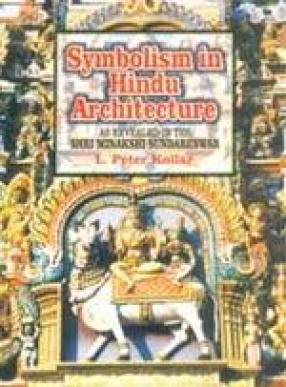
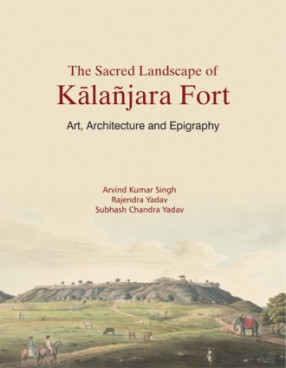
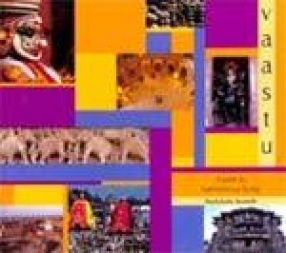
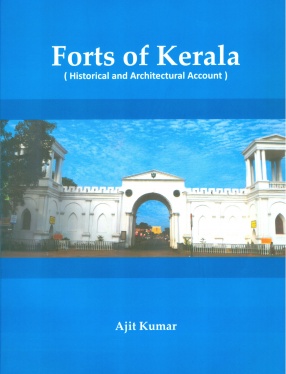
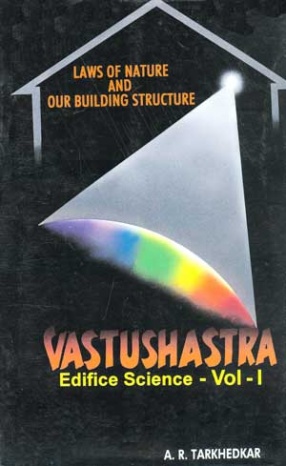

Bibliographic information